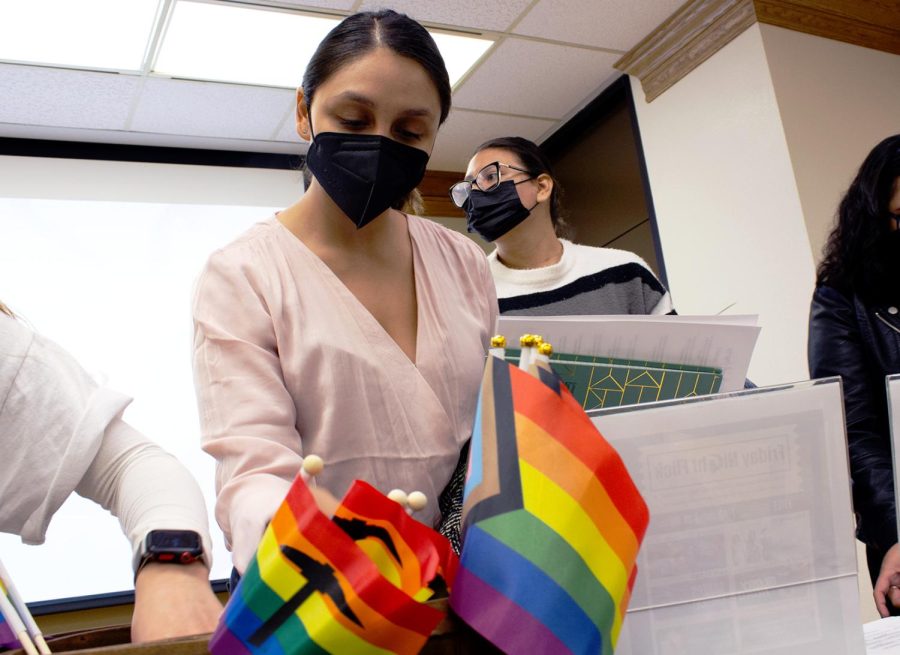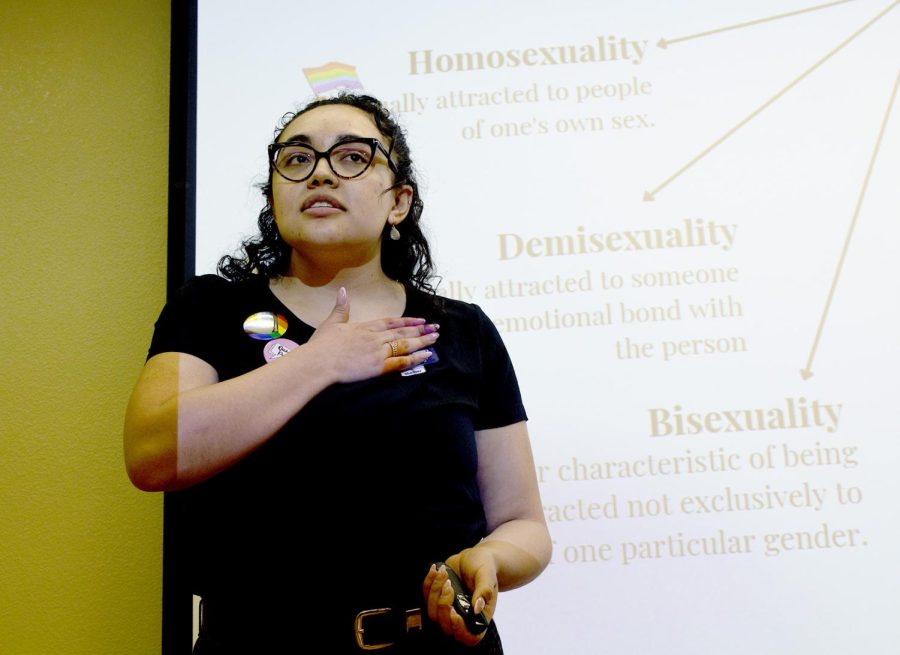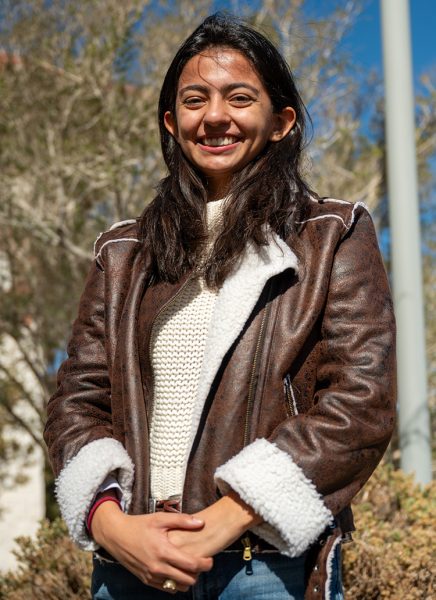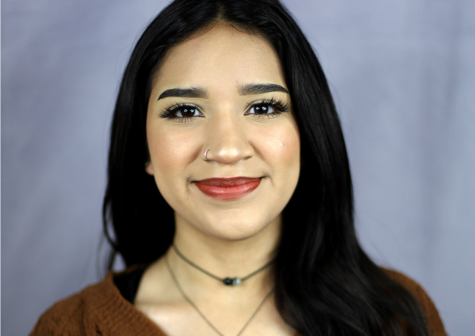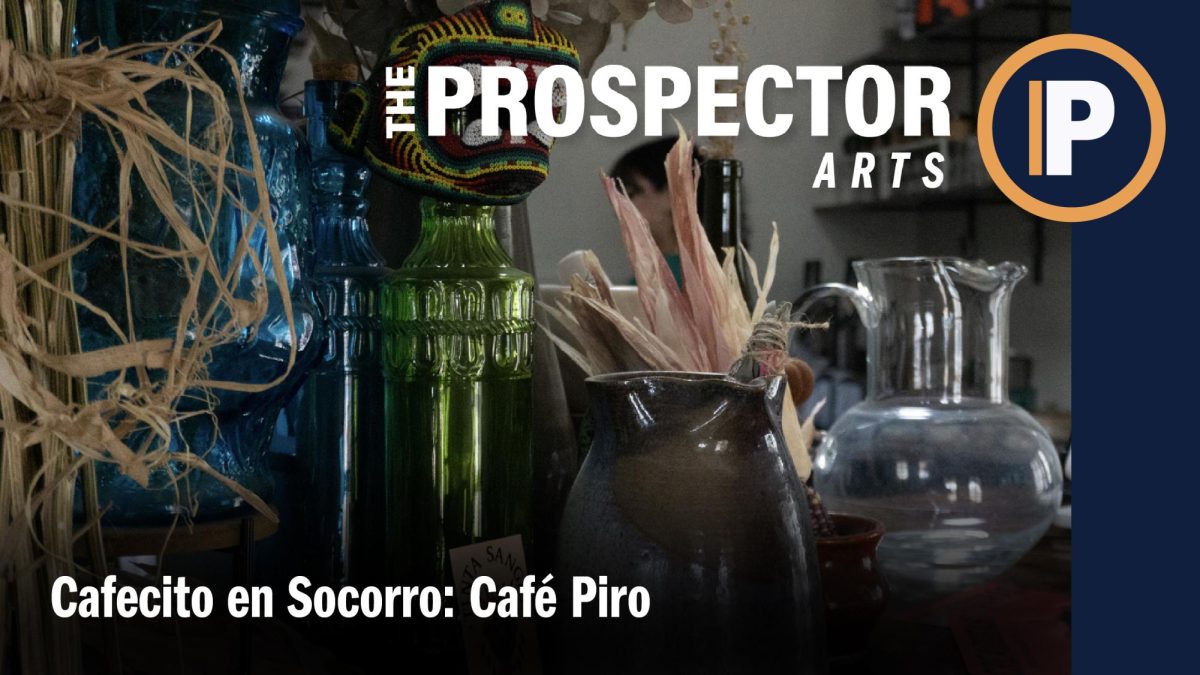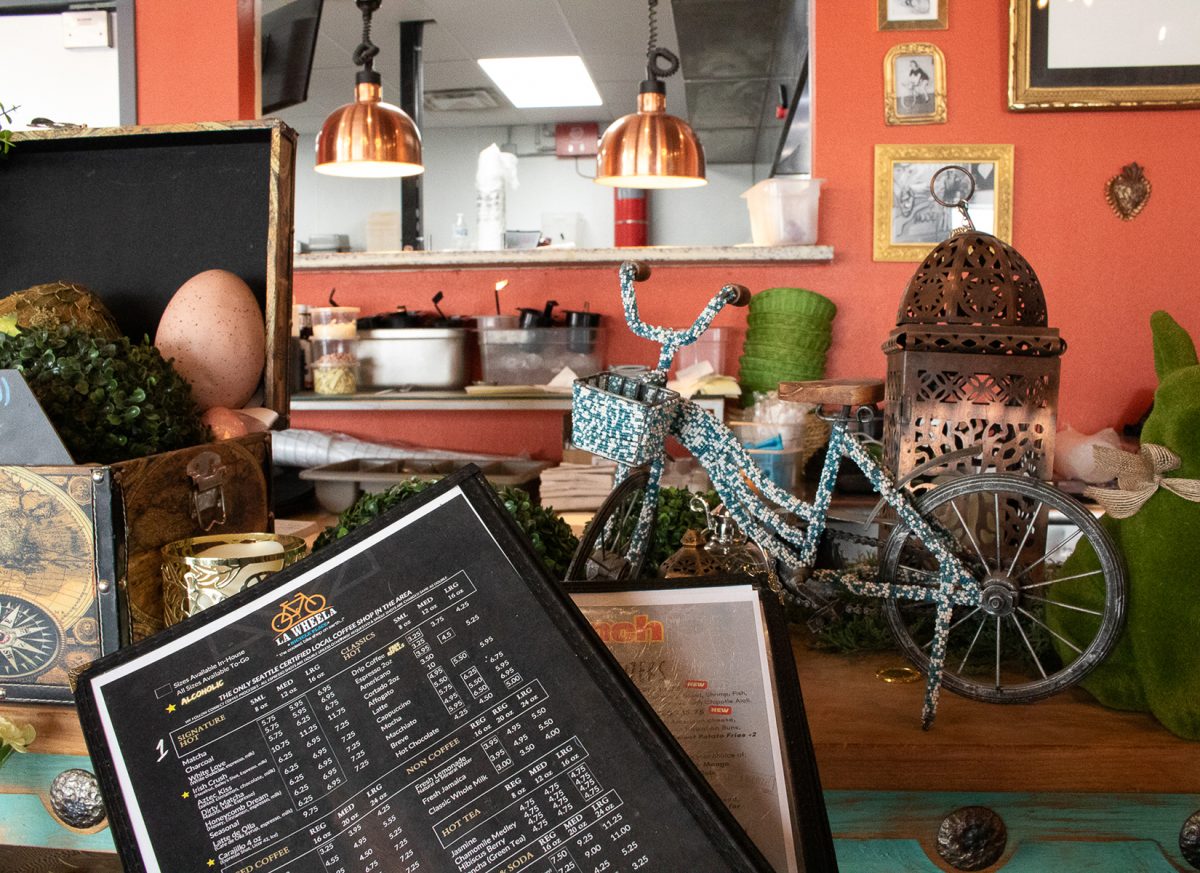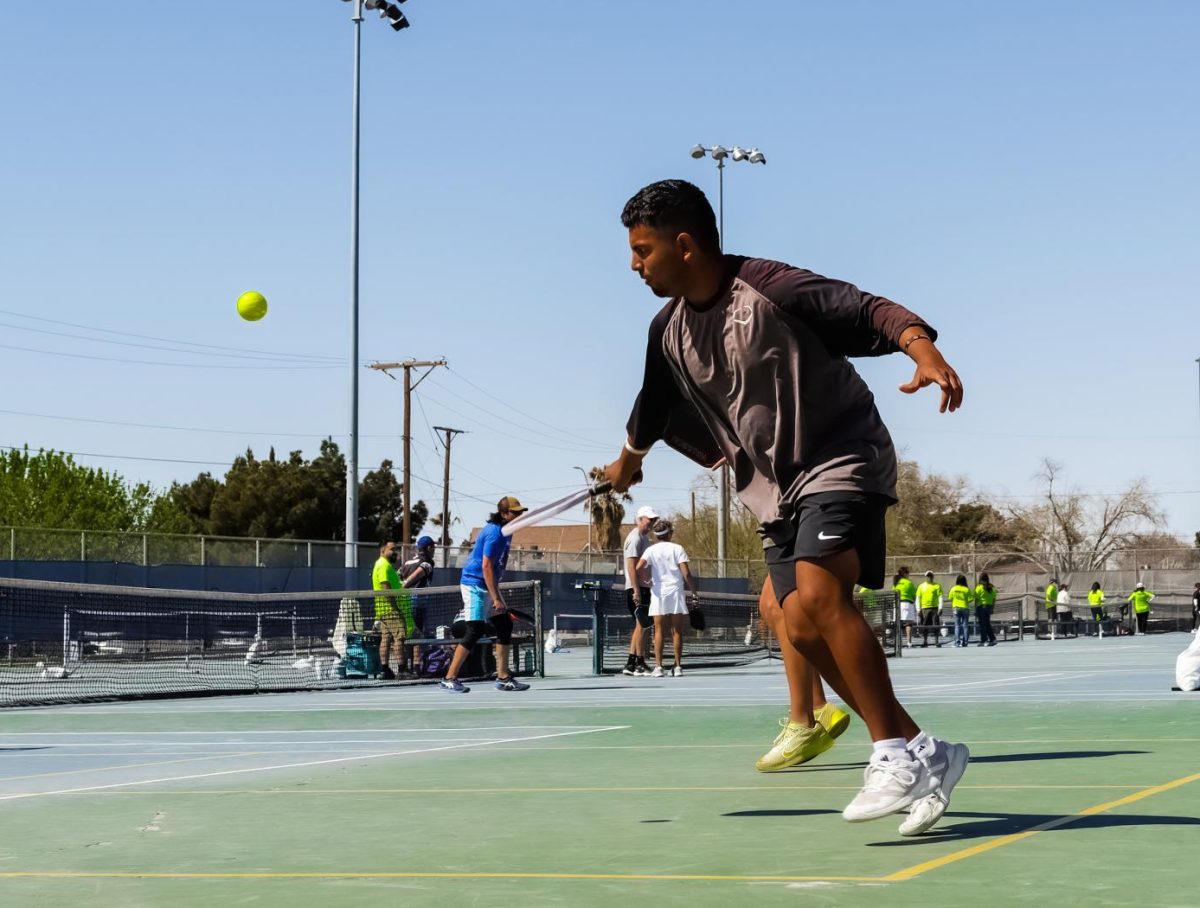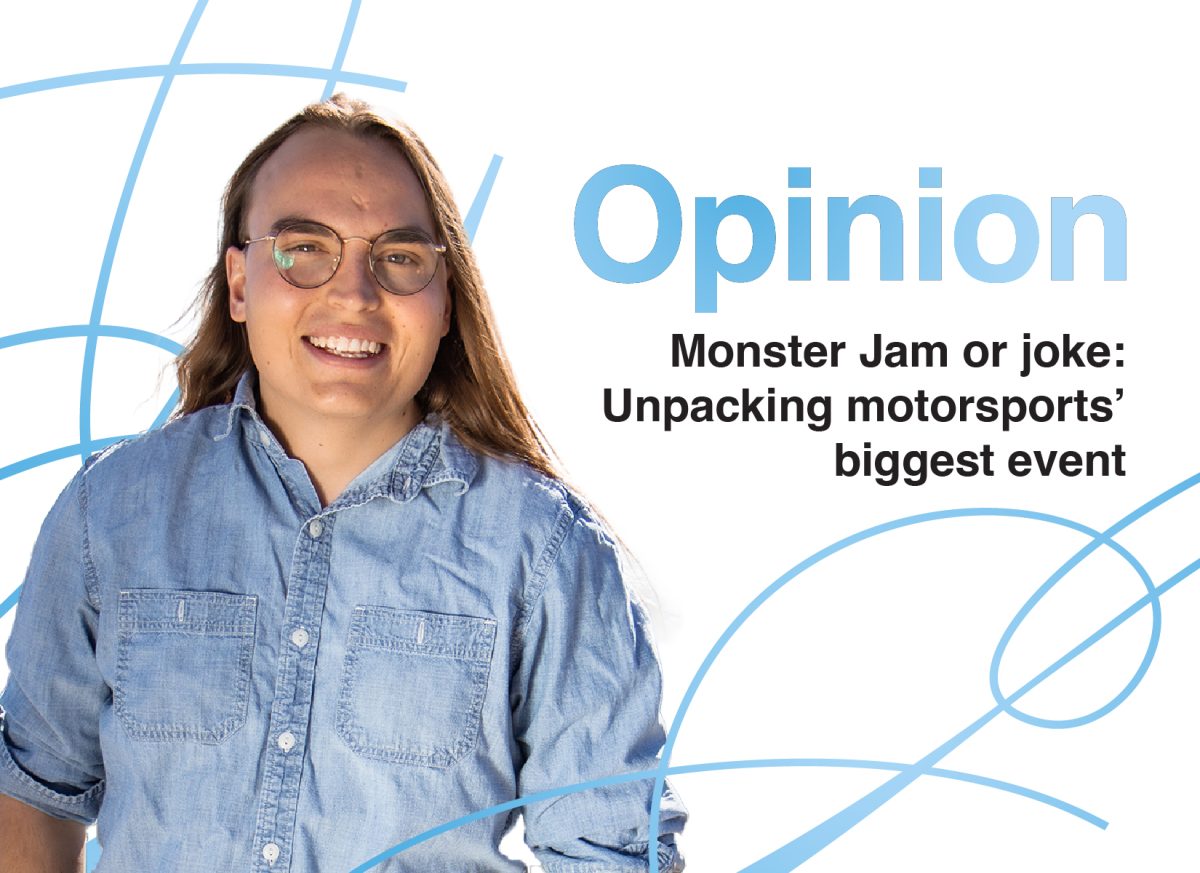UTEP’s Student Engagement & Leadership Center (SELC) hosted “QUEER 101: LGBTQIA2S+ Workshop” Wednesday, Feb. 9, and covered many topics regarding sexual orientation, gender identity, gender expression, and pronouns.
UTEP students filled the Union East Building suite and learned about the queer community and how to become an ally. Students were also given buttons with their desired pronouns, worksheets and resources to help them understand the topics and pride flags with the miner pick logo.
Students like Sofia Giron, a senior majoring in digital media production, found the workshop enlightening.
“I think it is really important to be an ally,” Giron said. “I am not personally apart of the queer community, but as an ally, I believe that it is essential to understand people who are different from you who have different backgrounds, choices and beliefs. I found this workshop to be very helpful in learning about a community that I am not a part of. I want to be as respectful, considerate, and open-minded as possible and going to workshops such as this one helps.”
Sexual orientation was one of the main topics of the presentation. It is the desire one has for emotional, romantic, and/ or sexual relationships with others based on their sex or gender. This includes being bisexual, homosexual, heterosexual, pansexual, polysexual, asexual, and demisexual.
Bisexuality is the characteristic of not being exclusively sexually attracted to people of one gender. Homosexuality is being sexually attracted to people of one’s own sex. Heterosexuality is being sexually attracted to people of the opposite sex. Pansexuality is attracted either emotionally or physically to all genders. Polysexuality is a person who is attracted to at least two genders. A person who is asexual means they have no sexual feelings or desires. Demisexuality is only feeling sexually attracted to someone when they have an emotional bond with the person.
UTEP freshman kinesiology major Clara Calixtro believes the queer community is an excellent group that welcomes everyone.
“I believe that everyone has their own rights no matter what their gender identity or sexual orientation is,” Calixtro said. “Everyone in this community supports each other and stands up for one another because we can all be our true selves with each other. We all love each other for who we truly are.”
Another topic discussed was gender identity, which is one’s innermost perception of themselves as male, female, blend of both, or neither that is not always visible to others; this includes being cisgender, transgender, and non-binary.
A person can be cisgender when their identity and gender correspond with their birth sex. Transgender is a person whose sense of personal identity and gender does not correspond with their birth sense. Non-binary is when a person’s gender does not fall into being male or female.
Gender expression is the external manifestations of gender, including names, pronouns, clothing, haircuts, behavior, voice, body, characteristics, and other attributes that make up a person’s personality. The categories of this topic include being masculine, feminine, and androgynous.
The last main topic covered was pronouns and the importance of using the correct pronouns when addressing someone. Some pronouns include he/him/his, she/her/hers, they/them/theirs, and ze/zer/zers.
The term “two-spirit” is a concept that Native Americans believed, in that each person carried both male and female spirits. They believed there was a third gender that was intersex.
“The most helpful part of the presentation for me was learning about pronouns,” Giron said. “Pronouns are becoming more widely used and accepted in society. People are starting to normalize using pronouns more. In the workshop we learned how to ask someone what their pronouns are, how to respect pronouns and how to share what our pronouns are. We are taking small steps toward equality and proper representation”
Being transgender and the obstacles that come with it was also a topic discussed. Some obstacles include lack of legal protection, poverty, stigma, harassment, discrimination, and transphobia, to name a few.
The presentation also touched on how we can stop transphobia and be more inclusive to the queer community, such as offering multiple check boxes when asked for gender. The trans community is incredibly diverse.
“No two trans people are the same,” said Daisy Marquez, leadership, inclusion, and advocacy coordinator for SELC who presented at the workshop. “Humanize trans people and get introduced into queerness.”
For information visit www.borderlandrainbow.org/. To find out about more events being hosted by SELC visit its website, www.utep.edu/student-affairs/selc/ and follow them on Instagram @utepselc.
Alyson Rodriguez is a contributor and may be reached at [email protected]; @alyson_rod1127 on Twitter.


